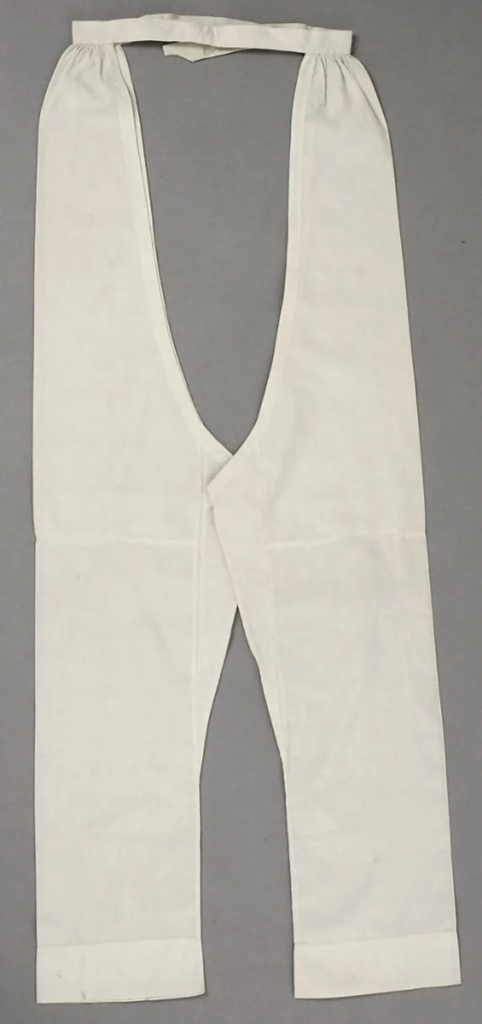Explore the fascinating history of undergarments, from corsets to woolens, revealing past fashion and social norms. These quirky pieces highlight the evolution of style, making us appreciate today’s comfort and design.
Strophium: Ancient Roman Support

Back in ancient Rome, women wore a strophium, a leather strap designed to flatten the chest. This early form of a bra was a blend of practicality and vogue, mirroring the era’s preference for smaller bust lines. It’s a fascinating glimpse into the ever-changing world of fashion.
Subligaculum: The Roman Two-Piece

Roman women sported the subligaculum, a loincloth crafted from wool or leather that closely resembles modern bikinis. This basic yet effective garment showcases the functional aspect of Roman clothing, suggesting that ancient swimwear wasn’t all that different from what we wear today.
Pantalets: 19th Century Elegance

In the 1800s, upper-class women donned pantalets, ankle-length, crotchless trousers that tied at the hips. These garments were not only a mark of sophistication but also a sign of social class. Pantalets offer insight into the period’s fashion and societal norms, mixing practicality with high style.
Silk Stockings: Elizabethan Fashion Craze

When Queen Elizabeth I flaunted her love for silk stockings, they became the must-have item of the time. Their sweeping popularity often caused shortages, turning them into a symbol of status. This trend underscores the potent influence of royal fashion, affecting both the elite and common folks alike.
Glamor Hose: WWII Style Innovation

During World War II, the scarcity of silk stockings pushed women to get creative. They used leg makeup to ‘paint’ stockings onto their legs, complete with a drawn seam to imitate the real thing. This ingenious hack kept fashion standards high, showing that style can endure even through hard times.
Chemise: Revolutionizing Undergarments

In the 1780s, the simple chemise underwent a dramatic transformation when Marie Antoinette daringly wore it as outerwear. This bold fashion statement challenged societal norms and made the chemise an emblem of rebellion. Although its popularity waned post-Revolution, it remains a symbol of societal change and fashion evolution.
Teddy: A 1920s Revolution in Lingerie

The 1920s saw the rise of the teddy, a sleek and seamless undergarment that became essential for women of the Jazz Age. Similar to modern swimsuits, teddies were both practical and stylish, embodying the era’s spirit of freedom and elegance. This innovation marked a significant shift toward comfort and sophistication in women’s lingerie.
Corset: The Iconic Tight Hug

Corsets have been shaping women’s figures for centuries, evolving from restrictive iron structures to garments reinforced with whalebone. While achieving the desired hourglass figure, these undergarments often compromised comfort and health. Corsets reflect changing beauty standards and have an environmental impact due to the use of whalebone.
Pioneering the Modern Bra

Tired of the restrictive corsets, Mary Phelps Jacobs designed the first modern bra in the early 20th century. Her innovation provided women with a natural fit and newfound freedom. This invention marked a significant shift in women’s fashion, catering to their evolving roles and preferences while offering much-needed support and comfort.
Wartime Transition: From Corset to Bra

The onset of World War I brought about significant changes, including in women’s undergarments. Repurposing metal from corsets for the war effort catalyzed the widespread adoption of bras.
Ancient Menstrual Gear: The Menstrual Belt

Back in the day, before the advent of modern sanitary products, women relied on menstrual belts around the 1900s. These featured washable wool pads, but they were often bulky and cumbersome. Despite their many flaws, these belts represent the early, creative attempts to manage menstrual hygiene with the limited resources available.
